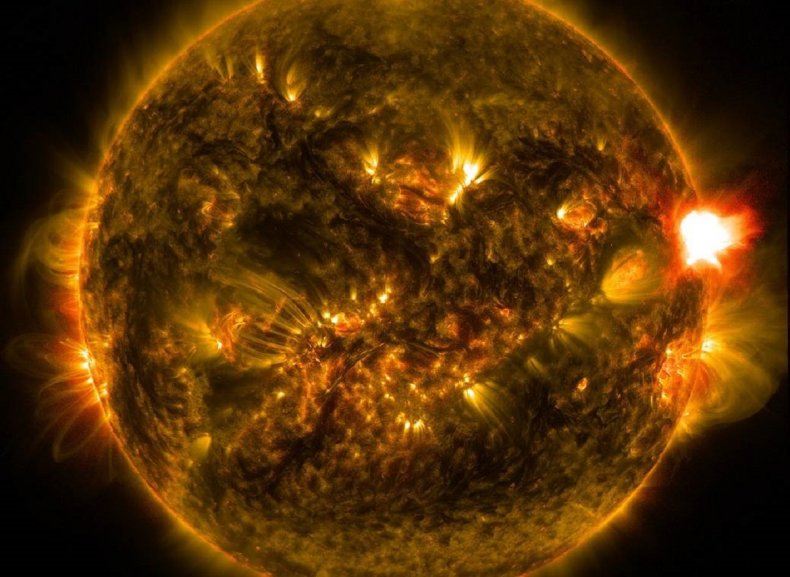When the main star of our solar system approaches the peak activity phase of the 11 -year -old solar cycle, the tantrums are getting worse. And since the beginning of 2022, there has been a busy explosive activity in the sun.
Considering a distance of 150 million kilometers between the sun and the US, people may assume that this explosion and spark will not have an impact on the earth. But we can’t be more wrong.
Apart from this great distance, our big fireballs can fire flares and coronal mass ejection that can significantly affect our planet.
And this week, we have another possibility of coming flares!
Around 2309 UTC last week (4:39 am on Monday), satellites orbiting the earth detected explosions in the northeast of the Sun and the eruption of Surya Class C9.3 that were durable.
“The intensity may be underestimated because some of the sun defeated. The observatory of the Nasa Sun Dynamics (SDO) see hot debris flying away from the explosion site,” Spaceweather.com, which traces solar activities, states. And while the explosion was strong enough, experts were suspicious that the earth was not the target of the sun this time.
“The explosion is important because it can signify the active area that will appear above the northeast members of the Sun this weekend. A new sunspot group can end the end of a quiet week,” reported Spaceweather.com.
Meanwhile, the southern hole in the sun’s atmosphere releases some gas material. This, combined with a strong solar wind flow, might produce a small G1 class solar storm on Wednesday, August 3.
When the solar storm is running, Suar G1 is relatively harmless. But they can result in failure of electricity networks, small disturbances on satellite functions and the impact of migration animals. The more pleasant result of this solar storm is Aurora or Northern Lights.







More Stories
NASA posts beautiful martian image showing ‘blue’ region of the red planet
NASA posts beautiful martian image showing ‘blue’ region of the red planet
Using diamonds as probes to explore fast-changing weak magnetic fields